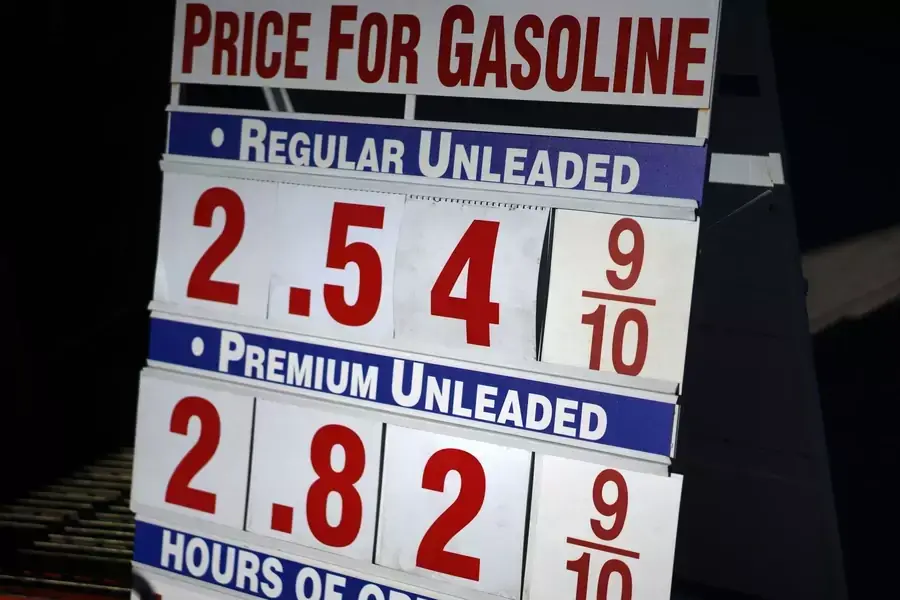What Big Data Can Tell Us About the Oil Price Crash

More on:
The oil price collapse was supposed to boost the U.S. economy by prompting consumers to spend their savings on other goods and services. During the first half of this year, though, data seemed to suggest that they were saving the windfall instead, damaging economic growth. But new big data research from the newish JP Morgan Chase Institute appears to provide strong evidence that consumers did, indeed, spend most of their savings. It’s an intriguing energy result that also offers a glimpse into how changes in data availability and computational capacity are changing the sort of energy research that’s possible.
The conventional wisdom until recently was that consumers had failed to spend a large part of their windfall from the oil price collapse. This first showed up in savings figures: as the oil prices fell, the personal savings rate rose, seeming to reveal that consumers were putting their oil money in the bank. It then appeared to be confirmed by consumer survey data. People took guesses as to what explained the phenomenon: Had a cold winter deterred consumption? Were consumers still skittish after the financial crisis? The big question wasn’t whether or not consumers were reaction timidly – it was whether they would eventually change course.
Now the JPMC research concludes that consumers spent roughly eighty cents of every dollar they saved. They did this by using a database of transaction records from twenty five million credit cards that give them an extraordinary window into individual consumption patterns. They then applied some clever analysis to distinguish spending increases that were spurred by lower gas prices from ones that weren’t. This wouldn’t have been possible without the massive number of detailed records they had or the computational capacity to crunch through them.
On its face, the result is good news: lower gasoline prices are stimulating the economy. But things aren’t quite so simple. Had consumers been hoarding their savings, we might have hoped that they’d eventually start spending them, boosting the economy as a result. The JPMC results suggest that that’s not a significant possibility. The research also implicitly raises questions about the reliability of consumer survey data. Researchers should also be left puzzling over why the savings rate jumped earlier this year.
The new research is also a striking example of what big data analytics is making possible when it comes to energy research. We’ve seen a glimpse of that through companies that are studying behavioral responses to energy efficiency interventions. Now we have an application to an important macroeconomic question. One could imagine leveraging the kind of data that JPMC and other similar institutions have to understand more about how energy price volatility affects all sorts of consumer and business decisions; to gain insight into why American driving and gasoline consumption is rising again; to see how changes in drilling activity affect local economies; and, I’m sure, much more. The same is true for a whole host of economic questions that go well beyond energy. It’s worth staying tuned.
More on:
 Online Store
Online Store